OS Fund — Building A Global Biological Immune System
Increasing the probability that the human race will thrive.
tl:dr
- After selling my company Braintree (Venmo) to eBay in 2013, I started a venture fund, OS Fund, personally investing $100M.
- My investment thesis was determined by analyzing what would maximally increase the probability that the human race would survive and thrive yet is underfunded relative to its importance.
- I concluded it imperative to invest towards a global biological immune system, for us and our planet, enabling us to respond in real-time to risks that threaten our prosperity and build a future more magical than we can currently imagine.
- This led my partner Jeff Klunzinger and I to invest in the hard sciences of biology, materials, chemistry and genomics. This seemed particularly salient given that humans are biology and we live on a big ball of biology floating in space.
- These businesses are revolutionizing industries, making the impossible possible, and promise to be some of the most influential companies in the world in this Age of Biology.
Imagine it’s 1978 and I came here here to tell you about my portfolio of 28 companies. And I claimed that some will emerge as the biggest and most influential companies in the world.
To start, you’d likely only recognize one name, Xerox.
As for the others….Intel? What’s that? Microsoft is only about three years old, and just makes some black and white, text-based thing that is hard to learn. Apple? Which was about two at the time, you’d probably think I was referring to the fruit. They had a little program in the pipeline called “VisiCalc.” Visual…Calculator? What? A spreadsheet program? So what? You already have an accountant. And your calculator, pen, and paper work fine. Some group called Software Development Laboratories? What a boring and terrible name.
Even though none of them had done much, the one thing they all had in common: they knew personal computing was coming….And that it would change the world.
And they did.
In 2013, I sold my company, Braintree (Venmo) to eBay for $800M. For the first time in my life, I could pretty much do anything I wanted.
My preference was to focus on the things that would maximally increase the probability that the human race would thrive. I set out to discover: what’s critical to our collective prosperity yet ignored relative to its importance?
I arrived at two conclusions:
- The brain.
Everything we are, everything we’re building, everything we aspire to become, lives downstream from the brain. Relative to its importance, the brain is the most underappreciated opportunity in the world. Of anything in existence, the brain will determine the future of the human race, and it hides in plain sight.
I started Kernel in 2016, seeding the company with $100M, with the objective of figuring out the maximally useful thing we could accomplish during this phase of neuroscience.
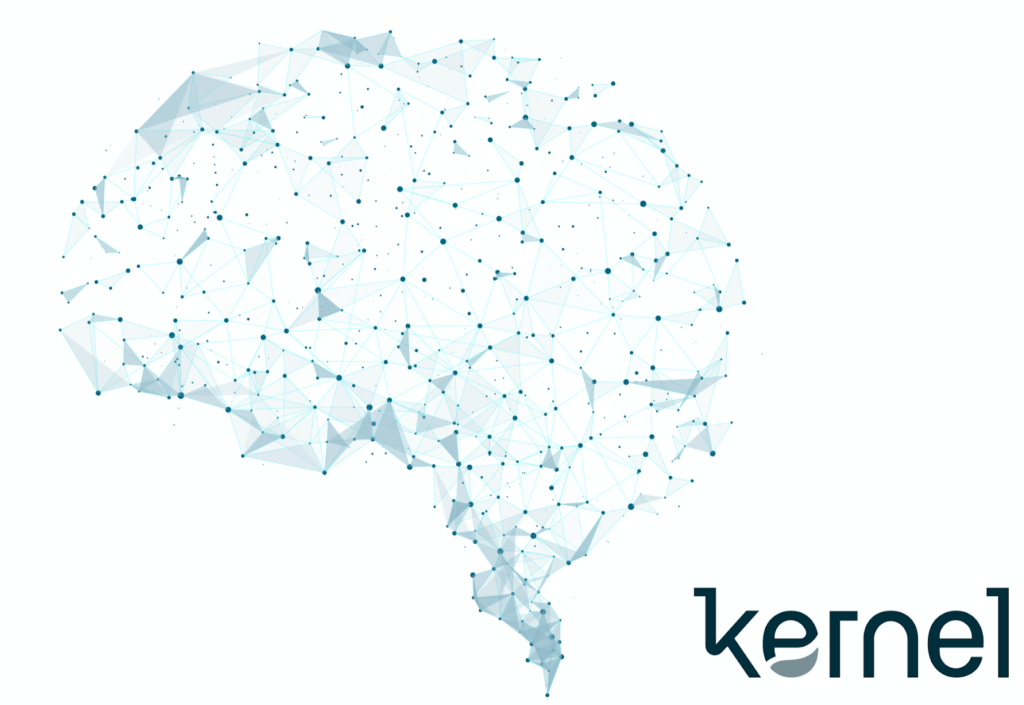
2. OS Fund: A Global Biological Immune System
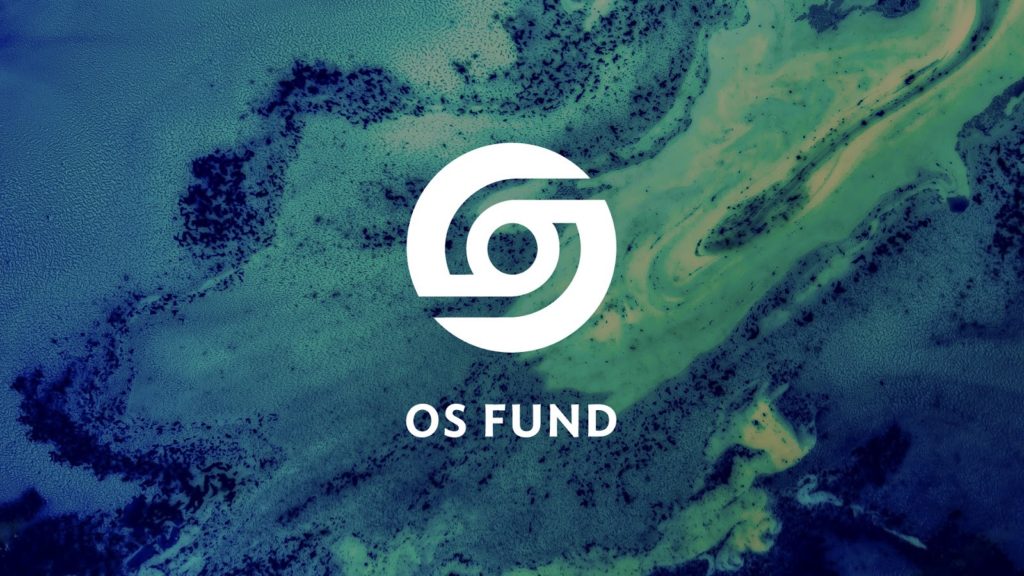
Over the past few decades, as a society, we’ve built robust, swarm-like intelligence and infrastructure in software and hardware. If a problem arises in the world, or even a market need that can be addressed with software/hardware, literally millions of talented software and hardware engineers, with cheap and powerful machines at their fingertips can leverage a vast ecosystem of tools, capital, providers, knowledge, etc. to near instantaneously begin addressing it. We have a software immune system. This is incredibly valuable for humanity.
We do not have these same robust capabilities in biology, genetics, chemistry, or materials. Since you and I are biology, and we live on a big round ball of biology floating in space — that’s problematic.
We need it for our survival, and we need it now.
With all this going through my mind, I started a venture fund, OS Fund, in 2013, with my co-founder Jeff Klunzinger who came from being a founding member of a multi-billion dollar private investment firm that invested across all asset classes and was able to navigate the global financial crisis without a quarterly drawdown. He has completed over 100 venture deals.
It’s 2018 and a new era is upon us: the Age of Biology. We can now tinker with all the pieces and building blocks of ourselves and our planet. The next great revolution will be in the tools to rearchitect our biology, our brains, our chemistry, ourselves, and our planet.
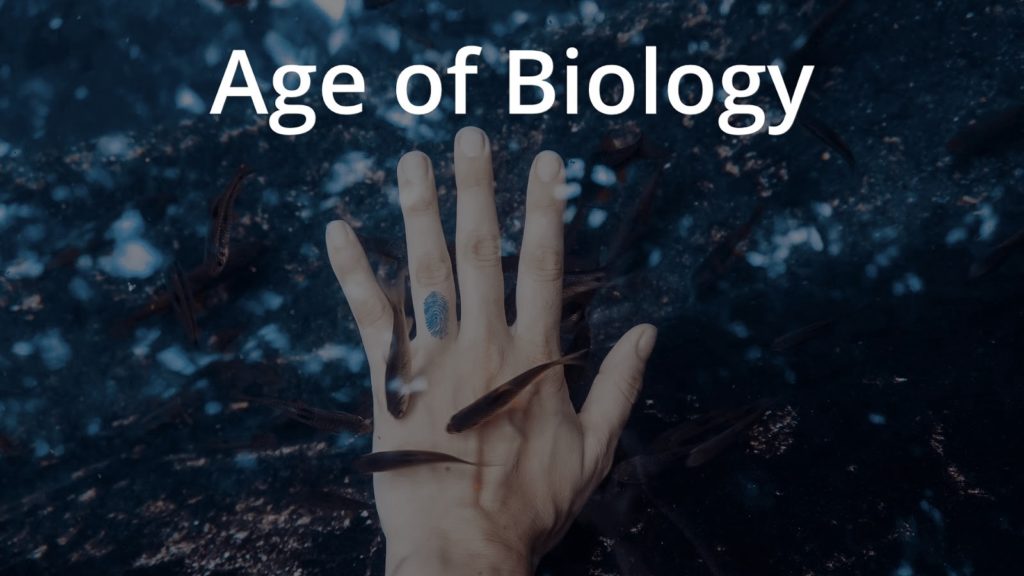
Others see it too.Case in point — for 16 years, from 2000–2016, Stanford University has had an electrical engineer as their president. Why? Because computer chips are what fueled the last revolution, the Silicon one. In 2016, who did they name President? A neuroscientist. Mark Tessier-Lavigne. I do not think that’s a coincidence or accident.
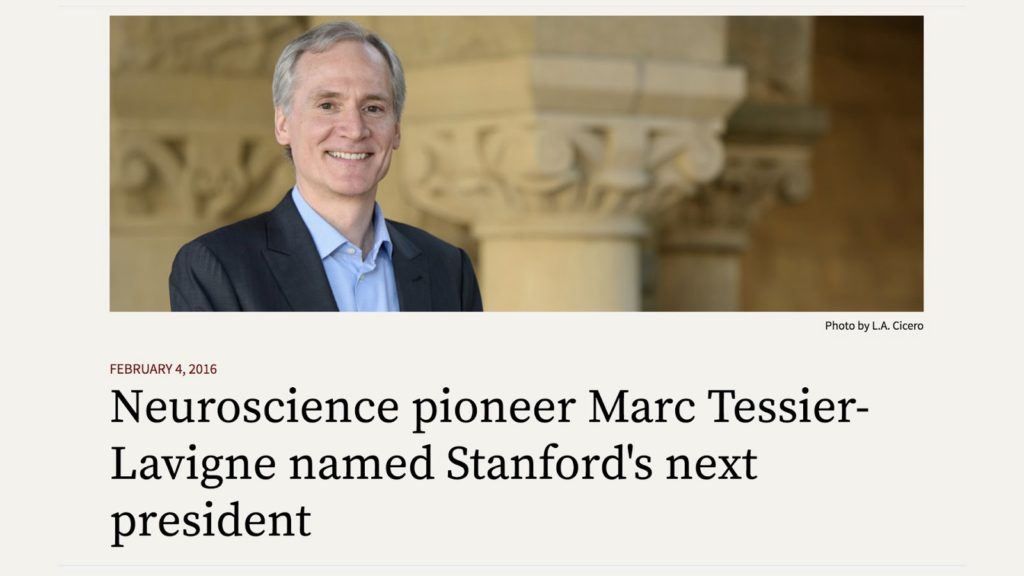
Just like computers, biology is programmable. Fortunately for us, a large portion of our problems including climate change, hunger, resource scarcity and nuclear waste — can be addressed via biological approaches.
Some of these exciting approaches include:
- Building bacteria to capture carbon from the atmosphere
- Creating self-fertilizing, pest resistant crops in areas where hunger is a big problem
- Designing protein-rich meat and eggs in a laboratory to reduce environmental costs of food production
- Using diamonds and bacteria to convert nuclear waste into energy
On the other side of invention and breakthrough, funny things happen. People’s imaginations finally catch up with the future — and suddenly, something is impossible until it’s not.
Let’s take a closer look at a handful of the 28 companies in our portfolio and why we chose to invest in them.
Ginkgo Bioworks engineers microorganisms.
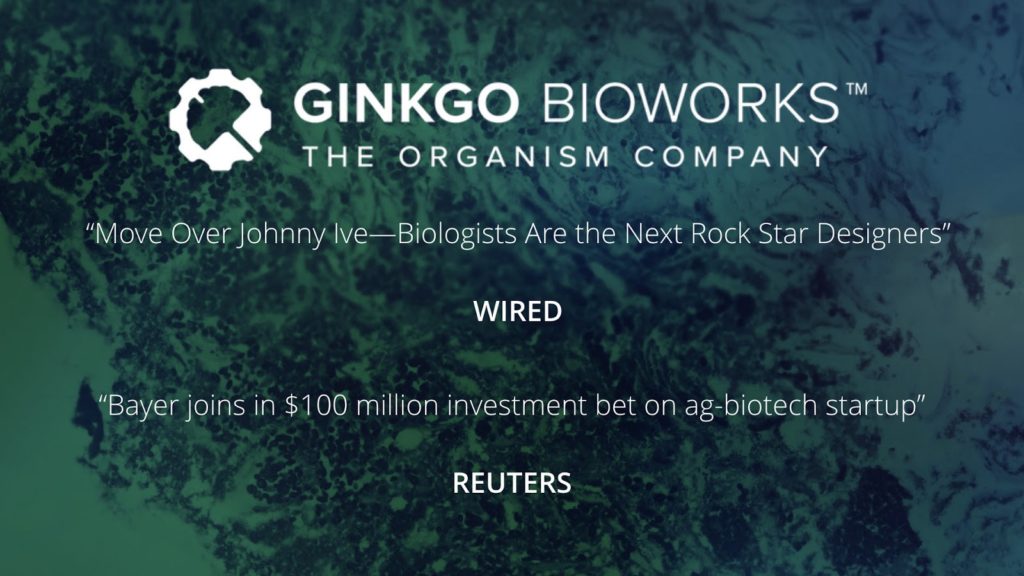
As a first application, Ginkgo engineered microorganisms to produce fragrances. Did you know 1,000 rosebuds are needed for a small bottle of Chanel №5? So instead of growing acres of roses for a small amount of perfume, Gingko engineers this microorganism to do the same thing, in the lab. To do this, Ginkgo takes nature’s version of the assembly line — the rose — and figures out the DNA code behind the scent.
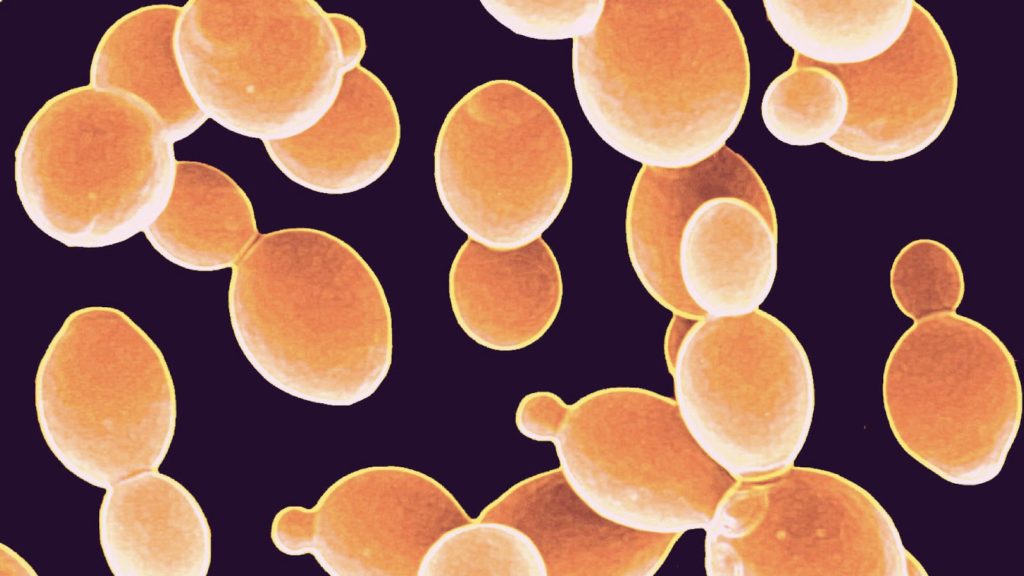
Then they put that into our friend the yeast, and poof!

Interestingly classic chemistry can’t do this because to make that deep, delicate fragrance, natural rose oil contains hundreds of chemicals that can only be produced biologically.
Ginkgo’s production is cheaper, higher quality, doesn’t tax the environment, and improves supply reliability. Rose oil was a first app in the Ginkgo app store. Millions more are possible and they’ve methodically built the infrastructure to do just that.
Producing fragrances is a 1 on the 1–10 complexity scale. Ginkgo is copying and pasting and mixing and matching what biology has so elegantly built on its own.
Gingko will continue to climb the complexity curve. They’ve now raised over $400M and just signed a $100M joint venture with Bayer to engineer self-fertilizing plants. This means we may no longer need to rely upon Nitrogen-based fertilizer, the production of which accounts for 3% of world’s current Co2 emissions.
Give Gingko 5, 10, 15 years to mature and methodically climb the complexity curve, what might they be capable of then?
Another OS Fund company, Arzeda, aprotein design company, is engineering the basic building blocks of life and organic structures. For example, think of the major commodities that make our world go ‘round — oil, gas, cows, wheat, rice and cotton — all are just biology or related to biology in one shape or form.

Now imagine being able to print almost any protein you want. You aren’t just bringing a new commodity to market, you’re positioned to print any commodity. And you aren’t just bringing a new pharmaceutical to market, you’re positioned to manufacture any drug. Imagine having a microbe that could produce plastic, instead of having to make it from oil. Imagine being able to print vaccines immediately as an epidemic is first detected. Or imagine being able to use Arzeda-powered printing presses to make new vaccines on demand, immediately as an epidemic is first detected.
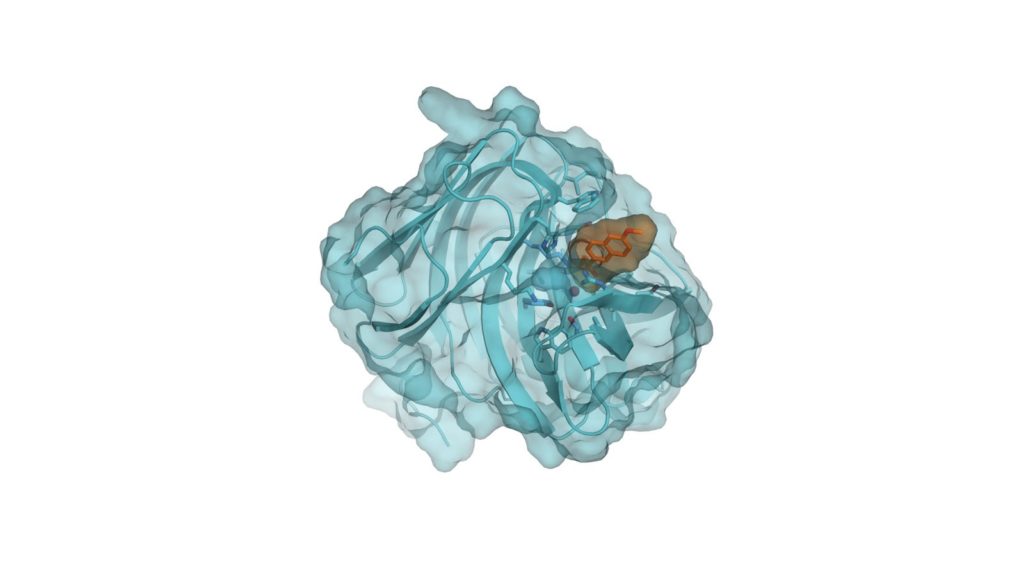
Arzeda is climbing the complexity curve, moving past copying and pasting from nature, and designing, from scratch, new organisms. To beat what evolution has done on its own over billions of years, Arzeda’s software combs through more combinations than there are atoms in the universe.
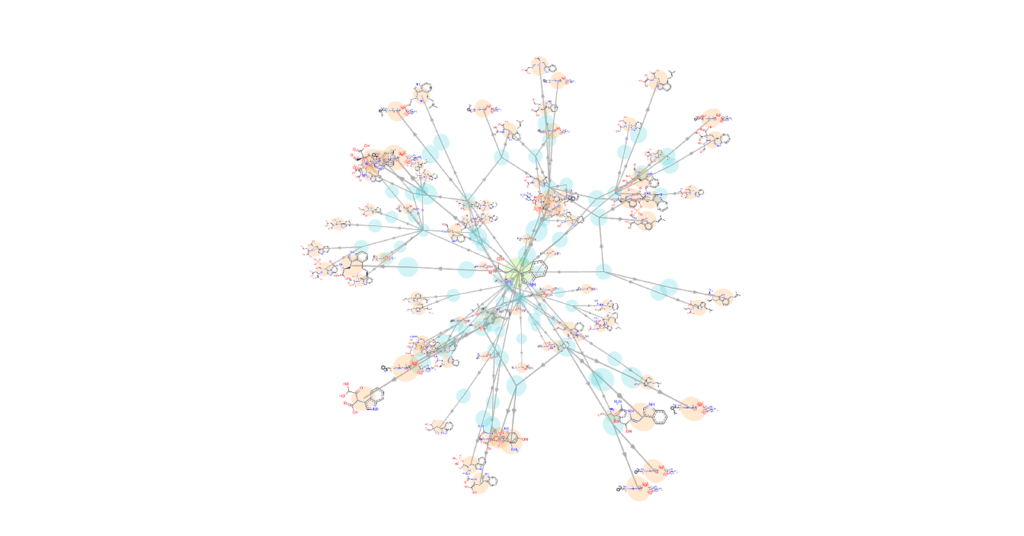
The software can also develop new biological solutions against viruses and bacteria that are becoming continually more resistant to drugs and antibiotics. Arzeda has invented antidotes and immunogens that prevent infection by the flu virus in a way that will make it very difficult, if not impossible, for the virus to evolve resistance.
The transistor was the fundamental backbone of every computer and almost every hardware innovation in the last 70 years. They are used in everything including phones, microwaves, toys, cars, and computers. Now, in the Age of Biology, Arzeda’s building blocks could be in every manufactured material in the future.
These companies are today’s equivalent of the printing press in the 16th century.
Another example, NuMat — the first company in the world to commercialize metal organic frameworks (MOFs), which is a class of nanomaterials that can be programmed to harvest life-sustaining resources. For example, it can capture rare gases from air, water from air and precious metals from sea water. NuMat is developing intelligent filters and fabrics to capture and destroy chemical weapons and toxic chemicals.
NuMat is literally designing intelligent machines at the atomic level.
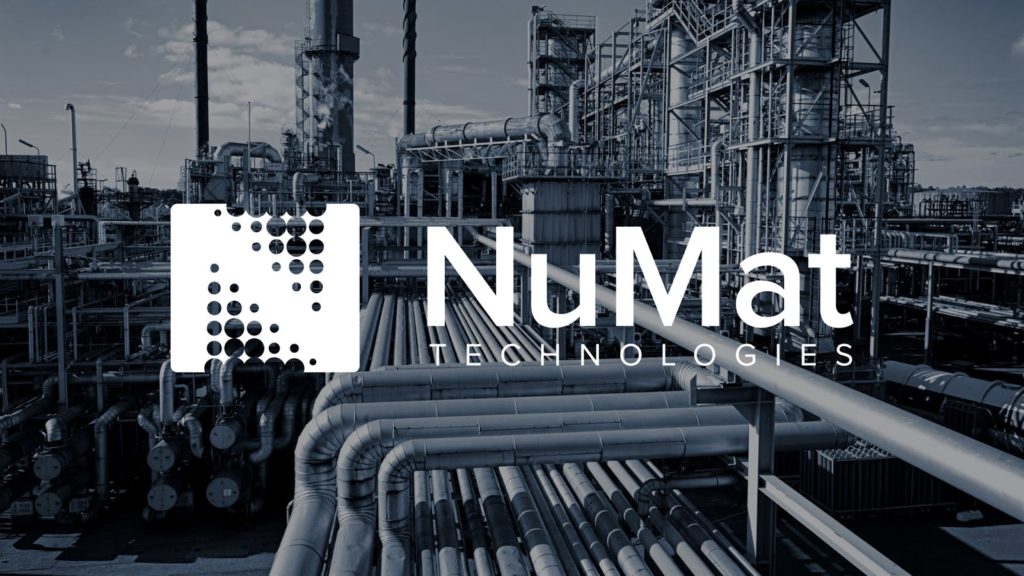
Catalog, another OS Fund company,stores information in DNA. Imagine this — all the world’s data right now, in every computer combined, can fit into a tablespoon of DNA. DNA is one of the most, if not the most efficiency storage solution we know of. Can you imagine a world where data storage is near infinite?
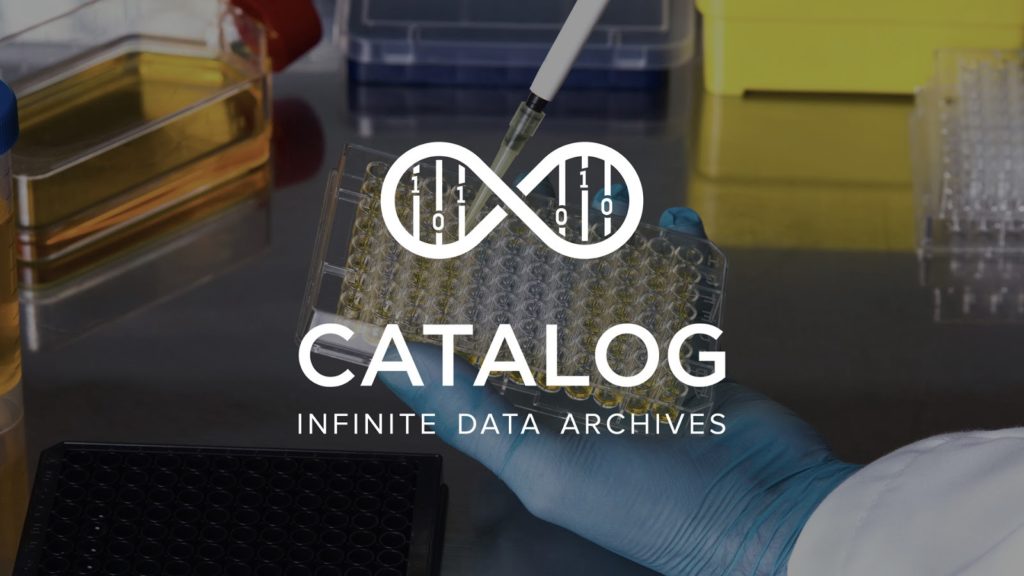
So where could all of this go? I’d like to present a few problems, and be creative in imagining the solutions offered by these companies.
DYING CORAL. Imagine it’s a decade from now and we’ve lost 99% of the Great Barrier Reef. This is not far fetched given our current devastating coral loss. How could OSF companies create an immune response to this problem?
The oceans would be too hot and too acidic for coral to thrive. Well, that’s chemistry! Perhaps Gingko could engineer a heat-resistant coral, able to thrive in different pH or acidity conditions. Another company of ours, Emulate, could potentially make “coral on a chip” that lets scientists simulate and test the exact conditions of that part of the ocean in their lab. Then scientists all around the world can work together on the problem. Arzeda meanwhile could make a small algae that acts like a lighthouse to the right kind of fish that support coral growth. And NuMat could thendevelop a fancy scaffold, lightweight material that helps the coral grow, get strong, and then disappears after a year.
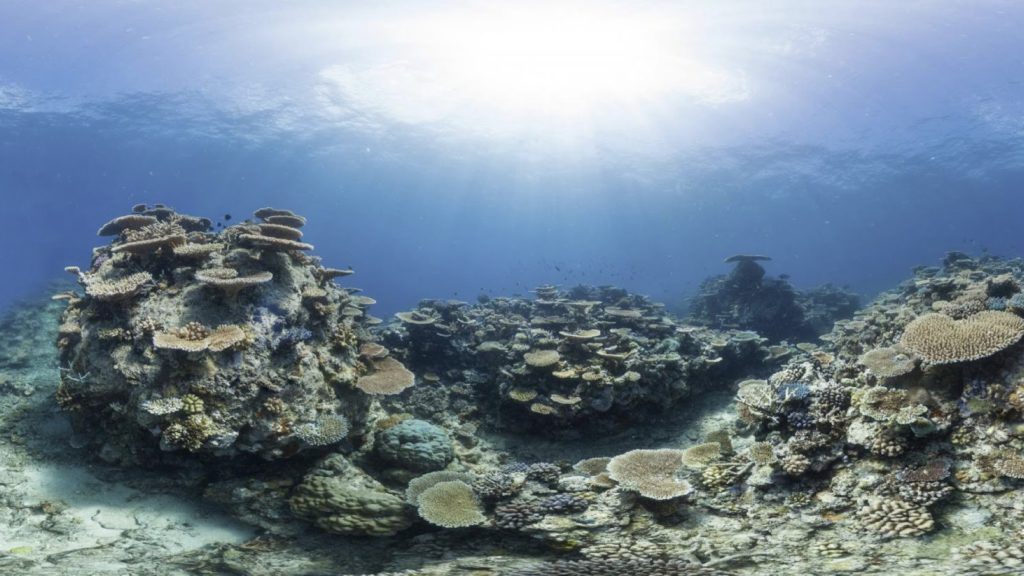
ENERGY SURPLUS. Let’s take another problem — a surprising one, one you might not expect. Imagine we run out of oil. It will happen. But by then, nuclear, solar, and photosynthetic algae (made by Gingko, of course) have created another problem — we don’t have the storage capacity to store all the energy we can produce. Again, the good news is this is a chemistry problem! Our brains use electricity. It’s all biology and chemistry. So what will the future of energy storage look like? NuMat, for example, is working with the Department of Energy on next generation storage technologies using hydrogen and other gases. They can pack at least a stadium’s worth of hydrogen-capturing surface into a few grams of material, making it cheap to transport and store the gas; Fundamentally changing how fuels are delivered and consumed. Arzeda, meanwhile, could make a protein which captures energy from photosynthesis 100% more efficiently than any plant in the world!
These would be solutions to problems. What’s even more fun is imagining the amazing potential of during and after this revolution in chemistry, materials and biology. Imagine…
- GROWING A HOUSE. Instead of growing a tree, cutting it down, building a house, why don’t we just grow a tree in the shape of a house?
- LIGHTS THAT LIVE! Why waste electricity with street lamps, if a microorganism could give off light? Does that sound too wild? Well, they do it throughout the oceans. We now charge our books and cigarettes. Think how weird that is compared to 1978! In the future, maybe we’ll be feeding our homes.
- ENTERTAINMENT. You could make perfume from the unique DNA of ice-age flowers. Chanel №5 Million B.C. Toys will be little genetic tinkering kits, letting kids design and grow a small pet of their own, like Legos.
In the year 2033, Gingko, Arzeda and NuMat and companies like these will be the foundational layers of technology that literally keep us alive and pioneer us into futures that we can’t yet imagine. They’re well on their way.
But they don’t know what they’ll be doing in 2033. Not only is that fine, it’s part of the plan.
The last time we had an opportunity to be future literate around an opportunity this size, was exactly 40 years ago.
Remember those companies and pieces of software I told you about in 1978? Apple? Microsoft? Software Development Labs? VisiCalc?
Well, VisiCalc’s spreadsheet program would make computers eventually mandatory for businesses. This spreadsheet software drove sales of Apple PCs. Then came easy point and click interfaces that even untrained employees could use, powered by Microsoft. Those interfaces were graphics intensive, so along came intel to make better and better chips. And remember that boring company Software Development Labs, what did they do? Well, they became Oracle. Good job on the name change Ellison, and the business too.
These companies formed an ecosystem that drove a revolution. By competing with each other, sometimes collaborating with each other, and always building on each others’ innovations, they ushered in the Age of Computing. Companies at the beginning of a revolution don’t exist in isolation, they feed off of each other.
In 1978, what would you have thought of all those companies in their first stages?
At OSF, we are investing in the companies building the biological equivalent of the copy machines, interfaces, the transistor, router, and computer of the next revolution.
What we think of as traditional, old-school companies — food, oil, pharma, basically any physical good, anything made of atoms — they are, to their surprise, at their core, biotech companies. Of course, few of them realize this. This makes them sitting ducks in the Age of Biology.
Anything that relies on restricted or exclusive access to DNA or life’s building blocks is in for a surprise.
We’ve invested in 24 other companies (logos below) and we’re equally as excited about them as we are about those highlighted in this piece.
I’m predicting that the companies discussed here, plus the others included below, will build a future more magical than any of us can imagine.
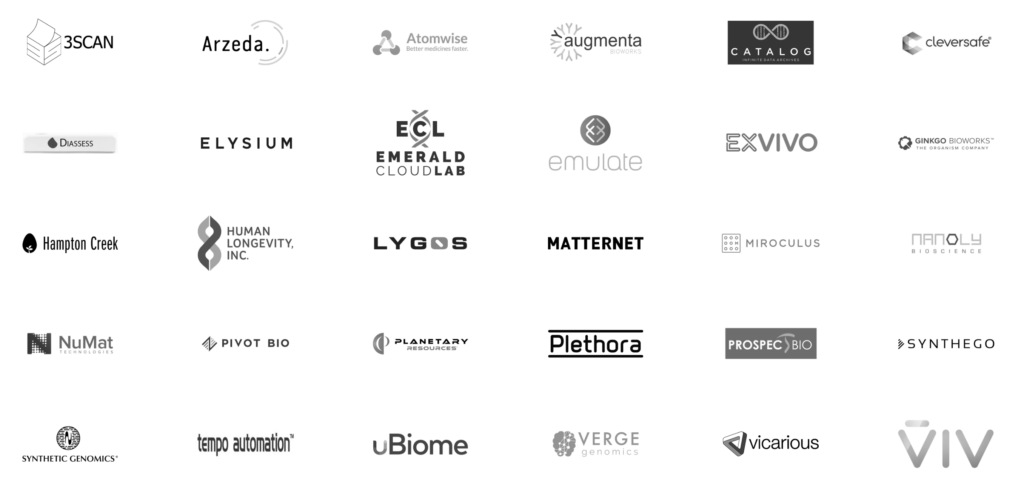
Share
Return to News